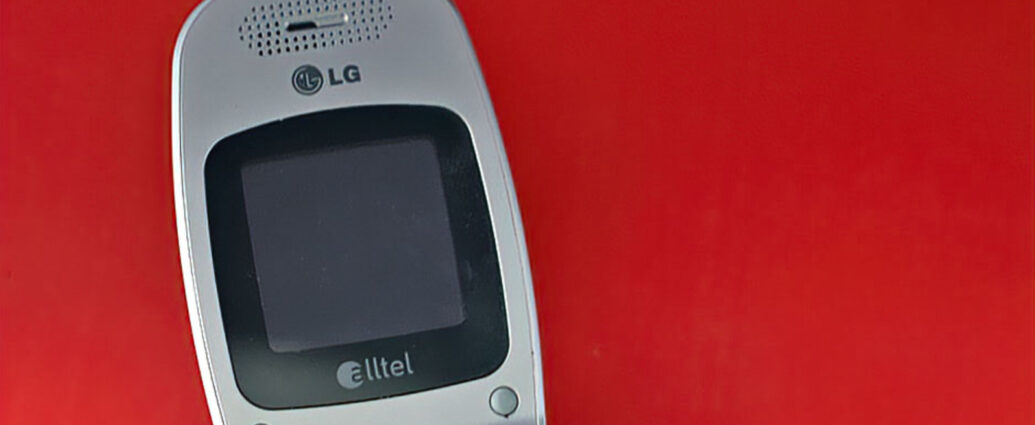Lucy Frewin
For the first time since the early 2000s, flip phone sales are on the rise. A quick glance at TikTok shows that Gen-Z are ditching their smartphones in favour of quintessentially 2000s technology.
With the revival of early 2000s music and fashion, it’s no surprise that flip phones have returned to the mainstream. Is the return of the flip phone just another passing trend? It isn’t surprising that it coincides with the return of the early Y2K aesthetic. But there’s a chance it could have more to do with Gen Z growing up in a world oversaturated with social media. Does the flip phone represent the desire for a simpler life led offline?
Why are flip phones trending?
“blurry pictures captured on flip phones certainly lend themselves to the 2000s aesthetic that’s so popular at the moment”
I first saw the return of the flip phone in a video posted on TikTok by Sammy K, where she explained how she and her friends only take their flip phones on nights out. The video, which has over 16 million views, lists several reasons. It eradicates the risk of drunk texting, allows them to nostalgic ‘style’ pictures, and, crucially, it allows them to live in the moment without social media.
The grainy, overexposed, and blurry pictures captured on flip phones certainly lend themselves to the 2000s aesthetic that’s so popular at the moment. Low-rise jeans, mini skirts, and pointless belts are enhanced by a bedazzled flip phone (reminiscent of Mean Girls).
However, the return of the flip phone with a trend towards technology from the pre-internet era. Polaroid, old-fashioned film, and digital cameras have all become fashionable again. That’s without mentioning the unexpected popularity of vinyl records and cassettes.
Digital detox and online authenticity
The explanation by Sammy K perfectly encapsulates the reasons why people are so quick to jump on the flip phone trend. Items like flip phones and film cameras remove the instant nature of taking a photo and uploading it to social media, encouraging people to consider what they choose to capture. It enables people to experience the joy of anticipation when retrieving photos from the night before.
“the grainy images snapped on a flip phone or 2000s digital camera depict a more realistic version of the night”
When explaining the rise of the flip phone to my parents (as well as the revival of other tech from their youth) I was met with one question: “Why would you want a picture of such poor quality?”
The answer centres on a desire for greater authenticity, which is often missing from social media posts. On a night out, the grainy images snapped on a flip phone or 2000s digital camera depict a more realistic version of the night. It conveys the fun that was had, from the person’s point of view, better than a curated and posed image taken on an iPhone camera.
A passing trend?
The flip phone is the latest piece of nostalgic tech to capture the attention of Generation Z. While their return coincides heavily with the 2000s aesthetic revival, they’re here to stay. The trend of “being in the moment” won’t dissipate over time, especially as our lives continue to move more online. In fact, it’s likely more people will want to cultivate a life away from the internet.
The revival shows a desire of those who grew up in a social media era to take a step back. Young people want to move away from the instant world we live in and, instead, live more in the moment.
READ MORE:
-
IS COOKTOK KILLING THE NEED FOR COOKBOOKS?
-
REDISCOVERING TEENAGE GIRLHOOD
-
DOOMSCROLLING: HOW TO BREAK THE VICIOUS CYCLE
Featured image courtesy of ☼☼Jo Zimny☼☼ via Flickr. No changes were made to this image. Image license found here.

